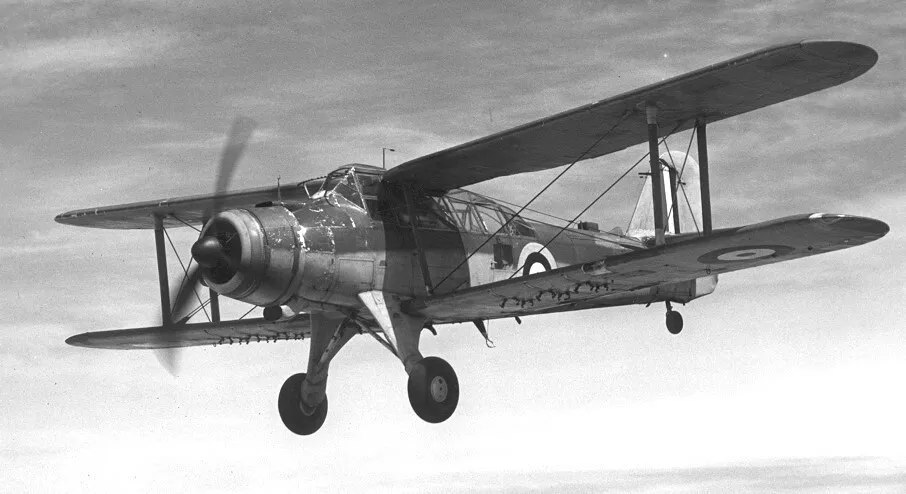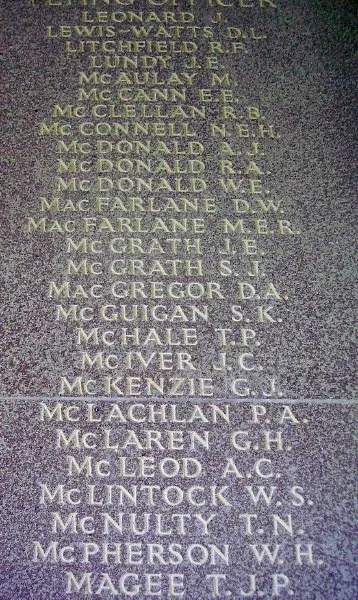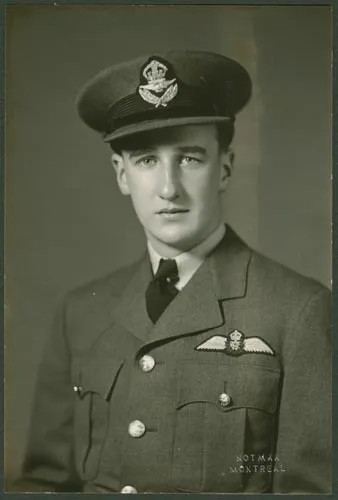Fairey Albacore

Fairey Albacore (Serial No. L7075), 2nd prototype, ca 1940. The Fairey Albacore was flown by No. 415 Squadron, RCAF, and by RCN and RCNVR pilots in service with the Fleet Air Arm, Royal Navy.
Roughly three weeks after No. 415 "Swordfish" Squadron, RCAF, received notification that they were re-equipping with the Albacore, the squadron sent six crews to RAF Station Manston in the UK on a conversion course. They trained on Albacores from the Fleet Air Arm's No. 841 Squadron. No. 841 Squadron handed over the last of their aircraft to the Canadians in November 1943. This left No. 415 (TB) Squadron as the only allied squadron operating the type. The Albacore was nicknamed 'Applecore' by its aircrew. The Albacore was the last operational bi-plane used by the RCAF. (Chris Charland)
The Fairey Albacore was a British single-engine carrier-borne biplane torpedo bomber built between 1939 and 1943 for the Royal Navy Fleet Air Arm. It had a crew of three and was designed for spotting and reconnaissance as well as level, dive, and torpedo bombing. The Albacore served alongside the Fairey Swordfish and was retired before it, being replaced from 1944 by the Fairey Barracuda and the Grumman Avenger.
The Albacore was flight tested at the Aircraft and Armament Experimental Establishment at Martlesham Heath, in the UK. The test pilots noted that the elevators and ailerons were very heavy, the stall with slots free was 'uncomfortable', the front cockpit was too hot in normal summer weather, and the rear cockpit was cold and drafty. On the positive side, Albacore was apparently steady in a dive, with a smooth recovery when carrying a torpedo, and the pilot's view was excellent. Initially equipped with a 1,065 hp (794 kW) Bristol Taurus II engine, these were replaced by the Taurus XII of 1,130 hp (843 kW). Total Albacore production between 1939 and 1943 amounted to 800 including two prototypes, all built at Fairey's Hayes factory and test-flown at what became Heathrow Airport.
No. 826 Squadron, RN, was formed at Ford, Sussex, to fly the Albacore, and received 12 aircraft on 15 March 1940. The squadron went into action on 31 May, attacking E-boats off Zeebrugge and road and rail targets at Westende, Belgium. The squadron moved to Bircham Newton, Norfolk the following month, operating under the direction of Coastal Command until November, making night attacks, laying mines and bombing shipping. Three more Albacore squadrons formed before the end of 1940, No. 829 at Lee-on-Solent, No. 828 at Ford and No. 827 at Yeovilton, the last moving to Stornoway for anti-submarine patrols. Albacores went to sea when Nos. 826 and 829 Squadrons joined HMS Formidable on 26 November 1940, for convoy escort duty to Cape Town, South Africa. Aircraft from these squadrons took part in the Battle of Cape Matapan in March 1941, pressing home their torpedo attacks against the Italian battleship Vittorio Veneto, the first occasion on which they had used torpedoes in action.
By mid-1942 some 15 Fleet Air Arm squadrons were equipped with Albacores, operating from the Arctic Circle on Russian convoys, to the Western Desert, as well as in the Mediterranean Sea and the Indian Ocean. In November 1942, Albacores of Nos. 817, 820, 822 and 832 Squadrons were in action during the Allied invasion of North Africa, flying anti-submarine patrols and bombing enemy coastal guns. Fairey Barracudas began to replace the Albacores in 1942, in all squadrons except No. 832, which was to be equipped with Grumman Avengers. The last two FAA squadrons to give up their Albacores were No. 820 Squadron and No. 841 Squadron in November 1943, aircraft from the latter squadron being passed to No. 415 Squadron, Royal Canadian Air Force, at Manston for use in English Channel operations on D-Day.
No. 415 Squadron continued to operate the Albacore against German shipping until July 1944, when it was transferred to Bomber Command. The Albacores were then used to reform No. 119 Squadron. This squadron used its Albacores against German E-boats and R-boats operating along the Dutch coast, before moving to Belgium in October. The squadron was also used during the D-Day invasion, as part of the air effort to prevent German ships from attacking the invasion convoys. These Albacores were replaced by radar-equipped Fairey Swordfish Mk. IIIs in Jan 1945 for use against German midget submarines and the few remaining E-boats.Harold SKaarup web page with revisions
 Wikipedia Albacore Torpedo Bomber
Wikipedia Albacore Torpedo Bomber
CASPIR Aircraft Groups:
RCAF On Strength (6), Canadian Aircraft Losses (6)Albacore I BF730
With 415 Squadron. To 119 Squadron. Crashed in English Channel 2 Sept 1944.





 Canadian Virtual War Memorial
Canadian Virtual War Memorial Library and Archives Canada Service Files (may not exist)
Library and Archives Canada Service Files (may not exist) Toronto, Ontario
Toronto, Ontario
 Harold A Skaarup Web Page
Harold A Skaarup Web Page Albacore Torpedo Bomber
Albacore Torpedo Bomber